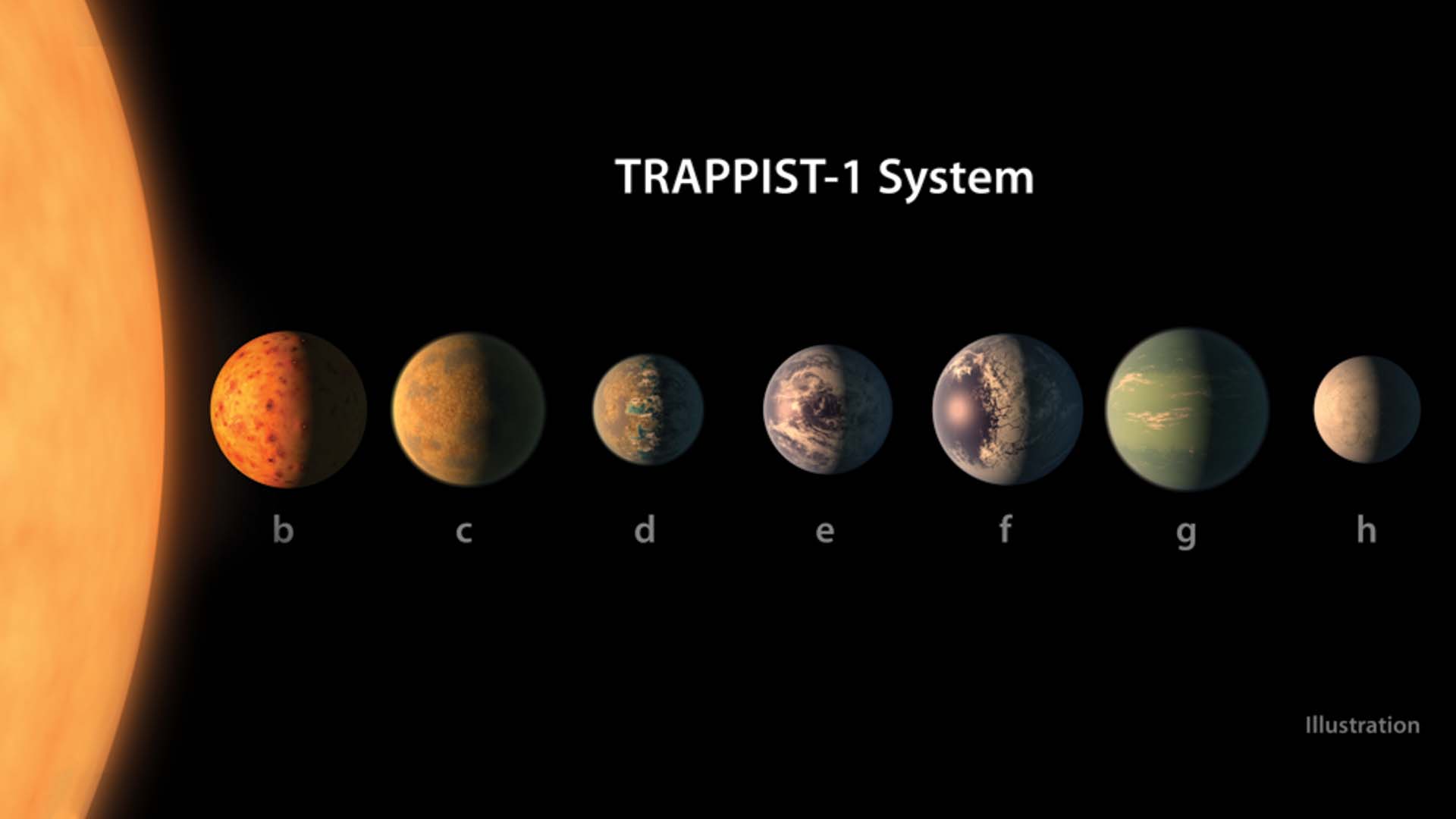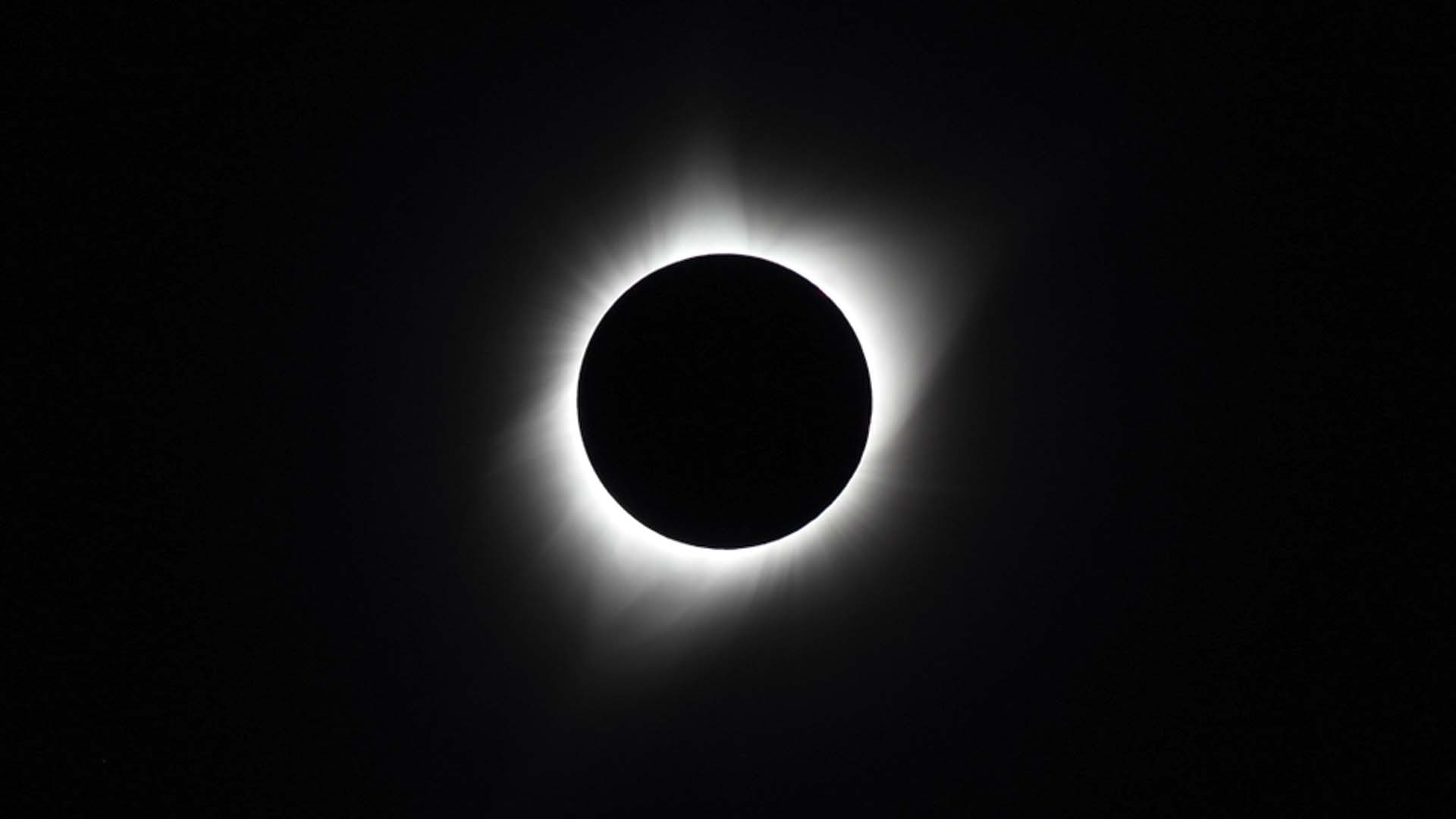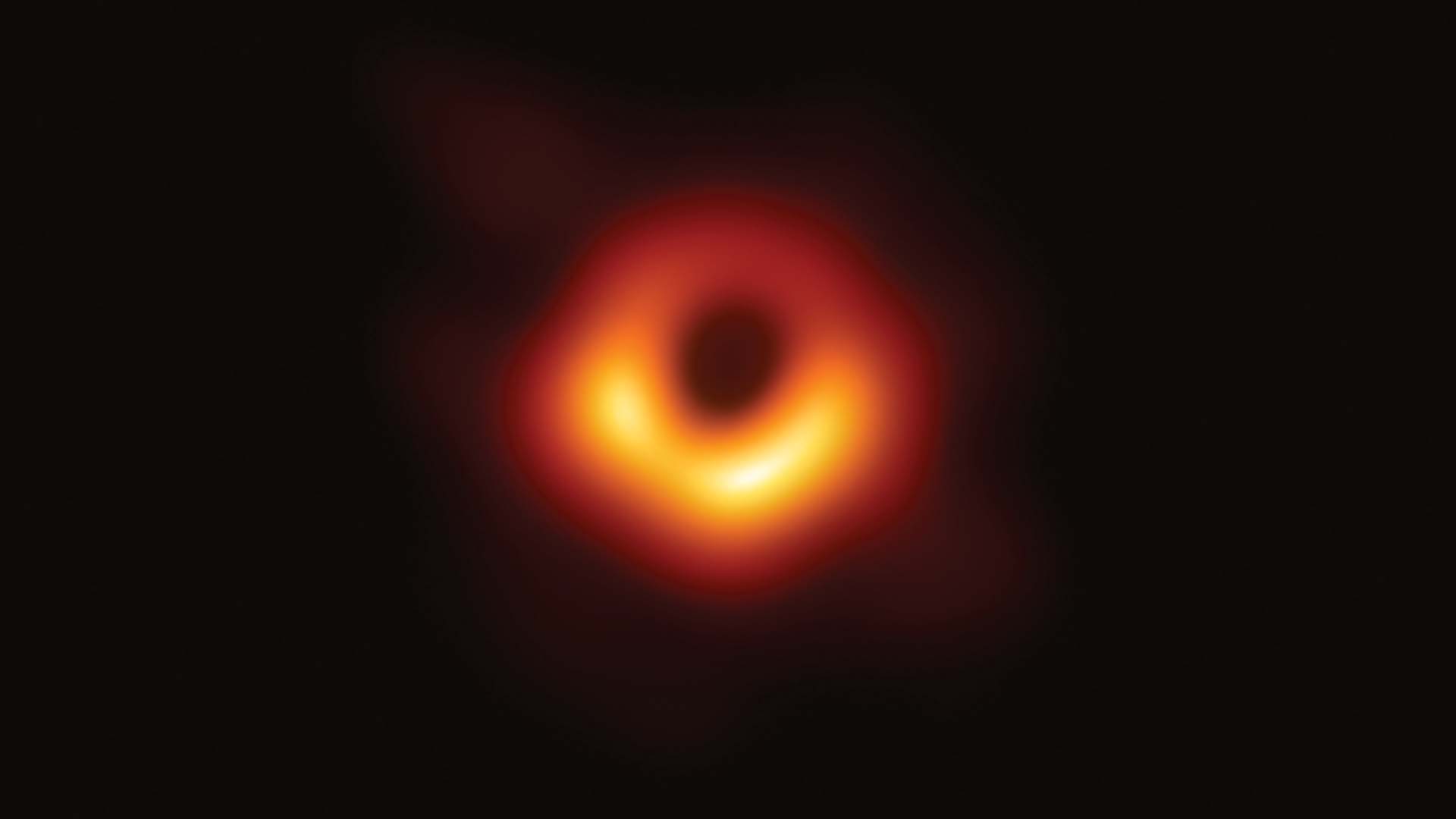Every year brings in amazing scientific innovations and incredible natural occurrences in space, and the last 5 years have been no different. In the order of their occurrence, here are 5 of the biggest space moments in the last 5 years.
1. Earth-Size Planets Found In Space

Photo Credit: NASA
On February 22, 2017, NASA announced the discovery of a planetary system beyond our solar system that contains seven Earth-sized planets orbiting around a red dwarf star. The planetary system Trappist-1 is about 40 light-years away from the Earth in the constellation Aquarius.
Notably, scientists believe that at least three of the planets in this system have water, meaning that there is a chance that this atmosphere can support life. This discovery may be crucial in the following decades to answering the age-old questions of if we are alone in the universe and if there is another planet that humans could live on. The discovery also sets a new record for the greatest number of habitable-zone planets found around a single star outside our solar system.
2. The Great American Eclipse

Who can forget when the entire country went dark in 2017? On August 21, a total solar eclipse came over the United States, dubbed the “Great American Eclipse”. A solar eclipse occurs when the moon’s orbit crosses in front of the sun, eclipsing the light for a moment. A total solar eclipse occurs somewhere on Earth every 18 months but typically takes place over water (which covers 70% of the planet). This was the first solar eclipse to pass over the entire width of the U.S. since 1918.
The band of totality, the strip of land in which the sun is entirely obscured, was 70 miles wide. 12 million Americans lived within that corridor, and 88 million lived within 200 miles of it. Many people made a longer trip for the event, some even traveling from other countries. States and cities that fell into the band of totality enjoyed a great deal of eclipse-related tourism. For example, Wyoming, one of the few states in the path of totality, gained an estimated $63.5 million from travel, lodging, food, and shopping over the five-day period around the eclipse. An estimated 261,000 people traveled inside Wyoming for the eclipse (over 75% from out of state), and an estimated 29,000 international travelers visited for the event.
3. First Image of a Black Hole

In April 2019, the Event Horizon Telescope (EHT) project captured and shared the very first image of a black hole, something that was previously considered unseeable. The EHT is made up of over 200 scientists and is an international organization funded by organizations from all around the world.
A black hole has a point of no return—the boundary beyond which nothing, not even light, can escape. Therefore, the interior of a black hole is impossible to photograph, so the image is of the event horizon, which maps out the black hole’s dark silhouette. The photo is of the black hole in the galaxy Messier 87, which is about 6.5 billion times the mass of Earth’s sun and is 54.5 million light-years away from Earth. In order to capture the image, scientists linked radio telescopes from multiple countries around the world to form a virtual instrument the size of Earth. The results of the image and ongoing project provides scientists significant information such as how matter is distributed around a black hole, informing them of how black holes shape the evolution of their host galaxies. For everyday people, the image gives us a glimpse into how massive our planet truly is.
4. Space-X Launches NASA Astronauts into Space

On May 30, 2020, SpaceX launched NASA astronauts into space during Crew Dragon Demo-2 on a Crew Dragon spacecraft. The mission marked the first time that astronauts launched into space from American soil since 2011 when the space shuttle program ended.
This SpaceX mission was historic as it marked the first time in history that a private aerospace organization carried humans into Earth’s orbit. Previously, only three nations achieved this: the U.S., Russia, and China. This marked a new era of space exploration with a public and private partnership. NASA provided development funds and worked alongside the company to achieve this feat. The success of the flight marked a massive step in a resurgence in space exploration for the U.S., and the role of NASA as a customer represented a foundational shift in the industry. This also launched a new space race between more private companies like Virgin Galactic and Boeing, many of which are attempting to create a space tourism industry.
5. Mars Perseverance Rover Converts CO2 into Oxygen
On July 30, 2020, NASA launched the Mars Perseverance Rover, their fifth robot to Mars. The rover landed on Mars on February 28, 2021, and it will spend about 2 Earth years exploring the region. One of the biggest breakthroughs of this rover, making it one of the biggest space moments in the last 5 years, was its success in converting some of Mars’ atmosphere into oxygen. This marks the first instrument to produce oxygen in another world and is a major step in NASA’s goal to send humans to Mars.
Alongside this scientific marvel, the rover’s main purpose is to better understand the geology of Mars, seek signs of ancient life, and test new technology to benefit future robotic and human exploration of the red planet.
To discover more about space innovations, stream Tomorrow’s World Today’s “Semiconductors in Space” on SCIGo and Discovery GO.
Explore the World of Innovation, and discover the science behind roller coasters, the evolution of energy, and what you need to know about electronic recycling.








